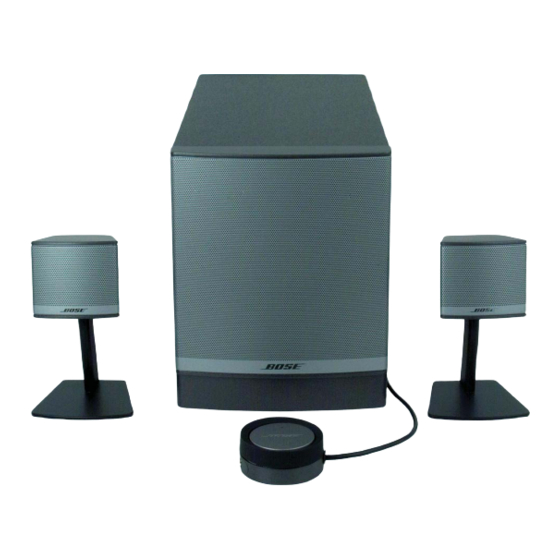Bose Companion 3 Series II Instrukcja serwisowa - Strona 7
Przeglądaj online lub pobierz pdf Instrukcja serwisowa dla Głośniki Bose Companion 3 Series II. Bose Companion 3 Series II 16 stron. Multimedia speaker system
Również dla Bose Companion 3 Series II: Instrukcja obsługi (40 strony), Instrukcja obsługi (40 strony), Instrukcja obsługi (22 strony), Instrukcja obsługi (10 strony), Instrukcja obsługi (20 strony), Instrukcja obsługi (26 strony), Podręcznik szybkiej konfiguracji (2 strony), Podręcznik szybkiej konfiguracji (2 strony), Szczegółowa instrukcja montażu (2 strony), Instrukcja instalacji (20 strony), Specyfikacje (6 strony), Broszura i specyfikacje (4 strony), Instrukcja obsługi (19 strony), Instrukcja serwisowa (36 strony)

